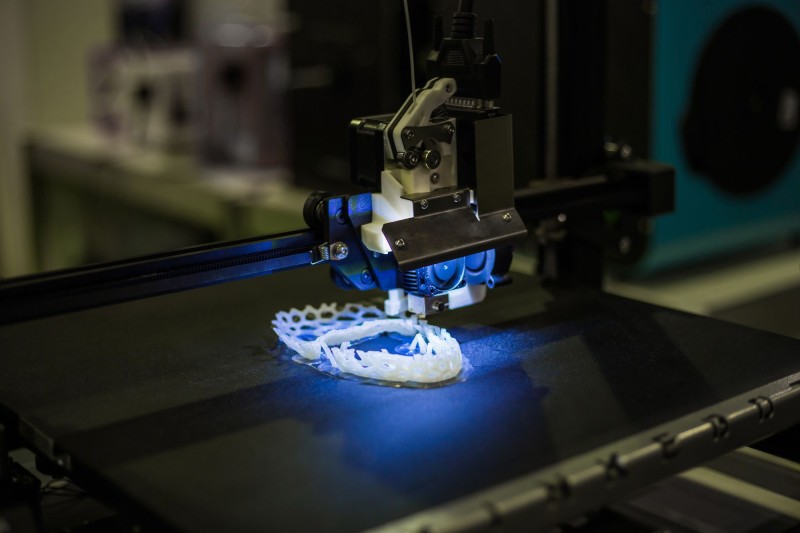In the fast-paced world of product development, where the race against time often trumps methodical approaches, rapid prototyping emerges as a transformative lifeline. It serves as a dynamic bridge between imagination and realization, allowing teams to turn abstract concepts into tangible prototypes in a matter of days, or even hours.
Imagine sitting around a table, armed with digital tools and a dash of creativity, sketching ideas that morph into functional models before your eyes. This iterative process not only accelerates innovation but also encourages collaborative experimentation, enabling designers and engineers to explore multiple paths without the fear of costly missteps.
As industries pivot toward agility and responsiveness, understanding the pivotal role of rapid prototyping becomes essential. This article delves into how this cutting-edge technique enhances creativity, reduces time-to-market, and ultimately reshapes the landscape of modern product development.
Join us as we navigate through the myriad advantages and applications of rapid prototyping that propel innovation into new frontiers.
Importance of Rapid Prototyping in Modern Product Development

Rapid prototyping has emerged as an indispensable pillar in modern product development, revolutionizing the way designers and engineers translate concepts into tangible solutions. This innovative approach fosters an environment where ideas can be quickly visualized, tested, and iterated upon, significantly reducing the time from ideation to market.
Imagine a team who, armed with advanced technologies like 3D printing and computer-aided design, can craft a prototype within days rather than months; this not only accelerates the workflow but also encourages a culture of experimentation and creativity. Rapid prototyping services further enhance this process by providing specialized tools and expertise that streamline the creation and refinement of prototypes, enabling even faster iteration and more precise results.
As feedback loops tighten, products evolve based on real user insights rather than assumptions, leading to enhanced functionality and user satisfaction. The agility imparted by rapid prototyping doesn’t just streamline the development process; it also equips companies to stay competitive in a marketplace that demands innovation at breakneck speeds.
In an era where the ability to pivot quickly can determine success or failure, embracing rapid prototyping is no longer a luxury—it’s essential.
Benefits of Rapid Prototyping in Innovation

Rapid prototyping brings a myriad of advantages to the innovation landscape, transforming the way ideas are transformed into tangible products. It accelerates the development cycle, allowing teams to iterate quickly, fostering an environment where creativity thrives.
By enabling designers and engineers to create low-cost, functional models in a fraction of the time, rapid prototyping invites experimentation without the fear of failure. This iterative process not only sharpens designs but also enhances collaboration across diverse teams, as feedback can be incorporated swiftly, leading to more refined and user-centric solutions.
Ultimately, the ability to visualize and test concepts in real-time diminishes the gap between ideation and execution, ensuring that innovations are not just theoretical but practical and ready for market impact.
Future Trends in Rapid Prototyping

The future of rapid prototyping is poised to witness a transformative wave driven by advancements in technology and shifting market demands. As 3D printing evolves, we can expect increased speed and precision, enabling designers to iterate more rapidly than ever before.
Integrating artificial intelligence and machine learning into the design process will enhance decision-making, predicting the best materials and methods for each unique project. Furthermore, the rise of collaborative platforms will facilitate seamless communication among teams, allowing them to co-create in real-time across geographic boundaries.
Sustainability will also become a critical focus, as companies seek eco-friendly materials and processes to minimize their environmental footprint. In this dynamic landscape, agility and innovation will reign supreme—paving the way for a new era where ideas can materialize nearly instantaneously, reshaping industries from automotive to fashion.
Conclusion
In conclusion, rapid prototyping stands as a pivotal element in modern product development and innovation, revolutionizing the way ideas are transformed into tangible solutions. By enabling teams to test, iterate, and refine their concepts quickly, rapid prototyping not only accelerates the development process but also enhances collaboration and reduces costs associated with traditional manufacturing methods.
As businesses continue to prioritize agility and responsiveness in a competitive landscape, leveraging rapid prototyping services will become increasingly essential for staying at the forefront of innovation. Embracing this approach will empower organizations to bring better products to market faster, ultimately driving growth and success in an ever-evolving economic environment.


